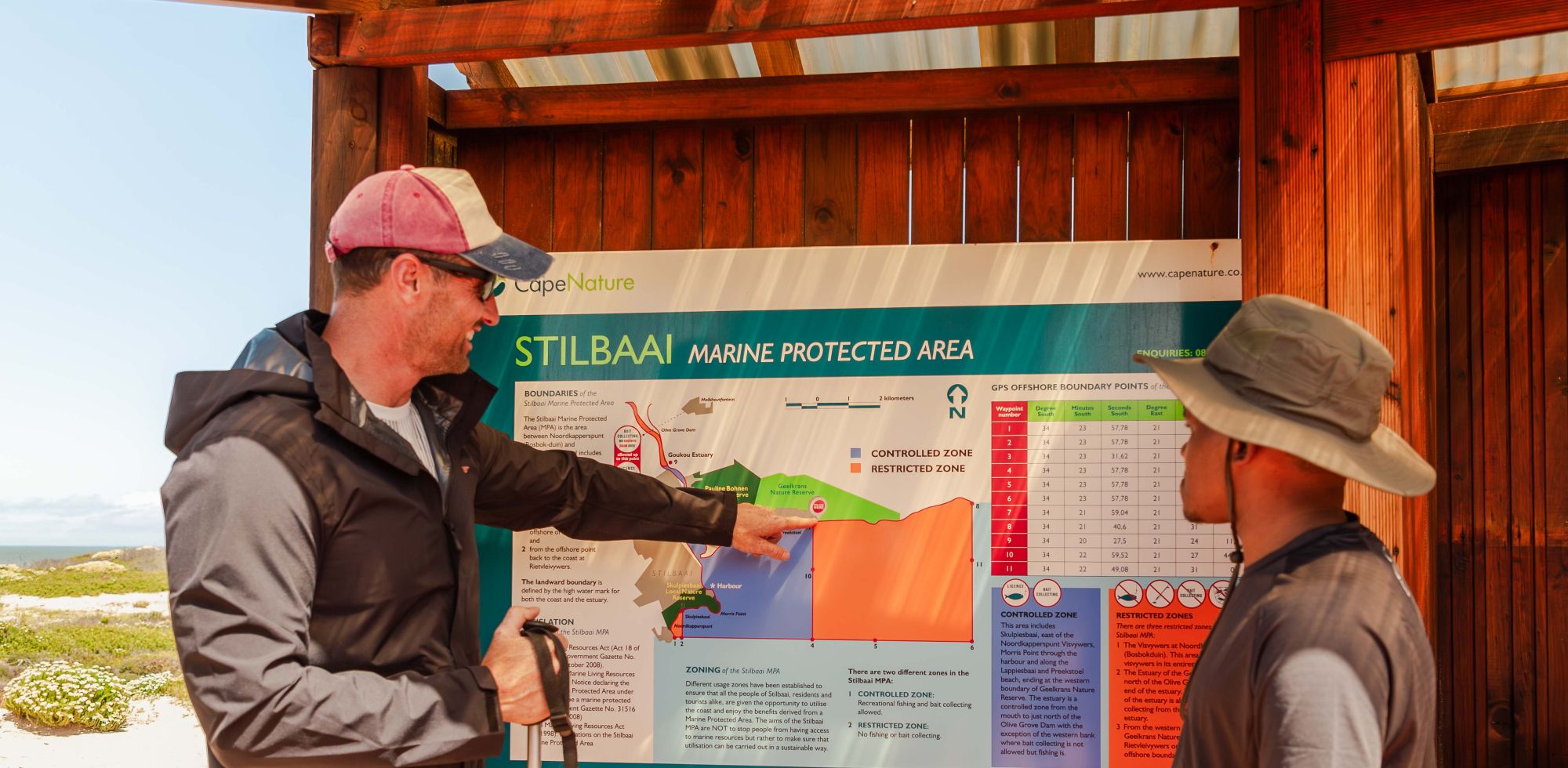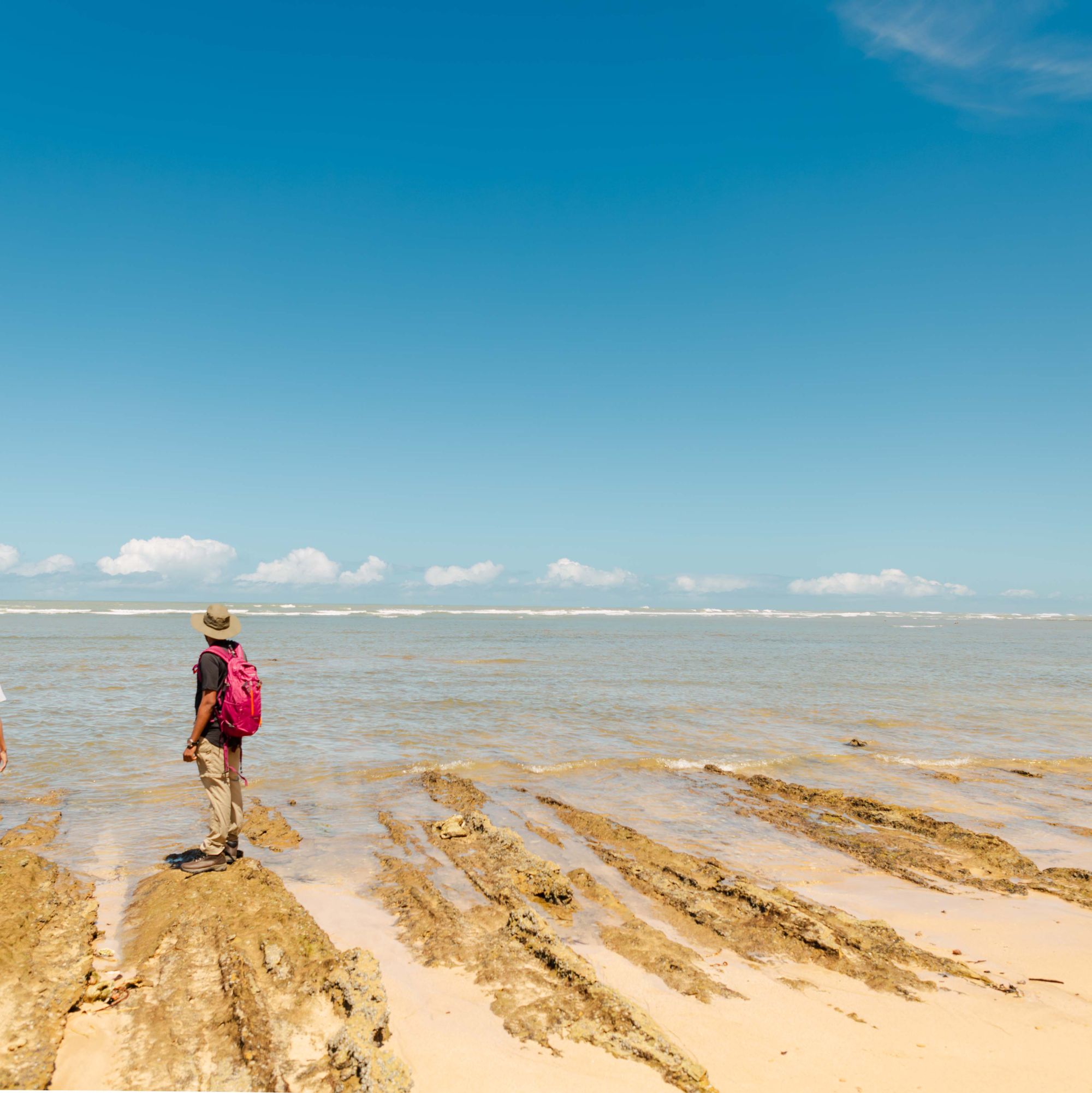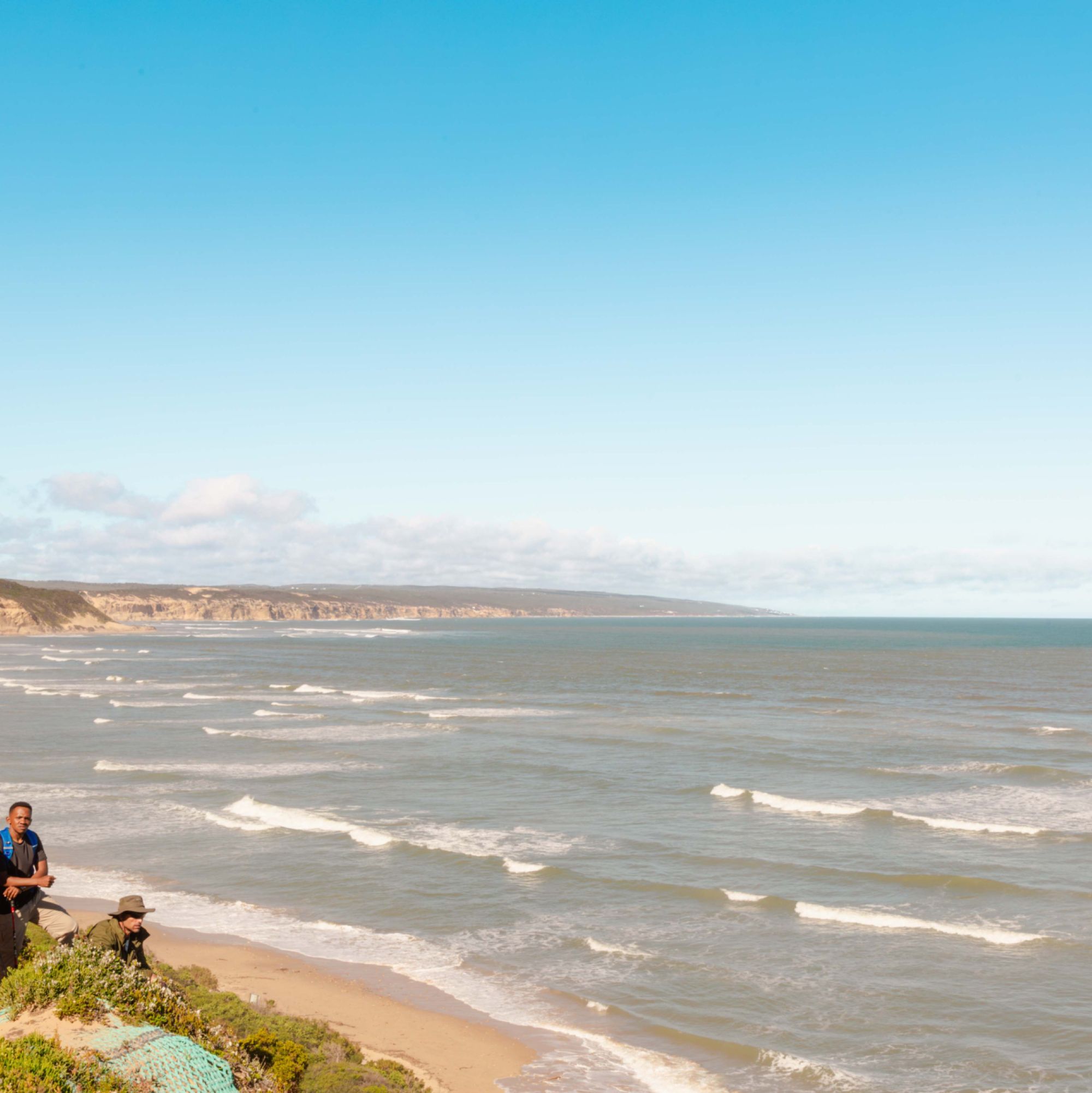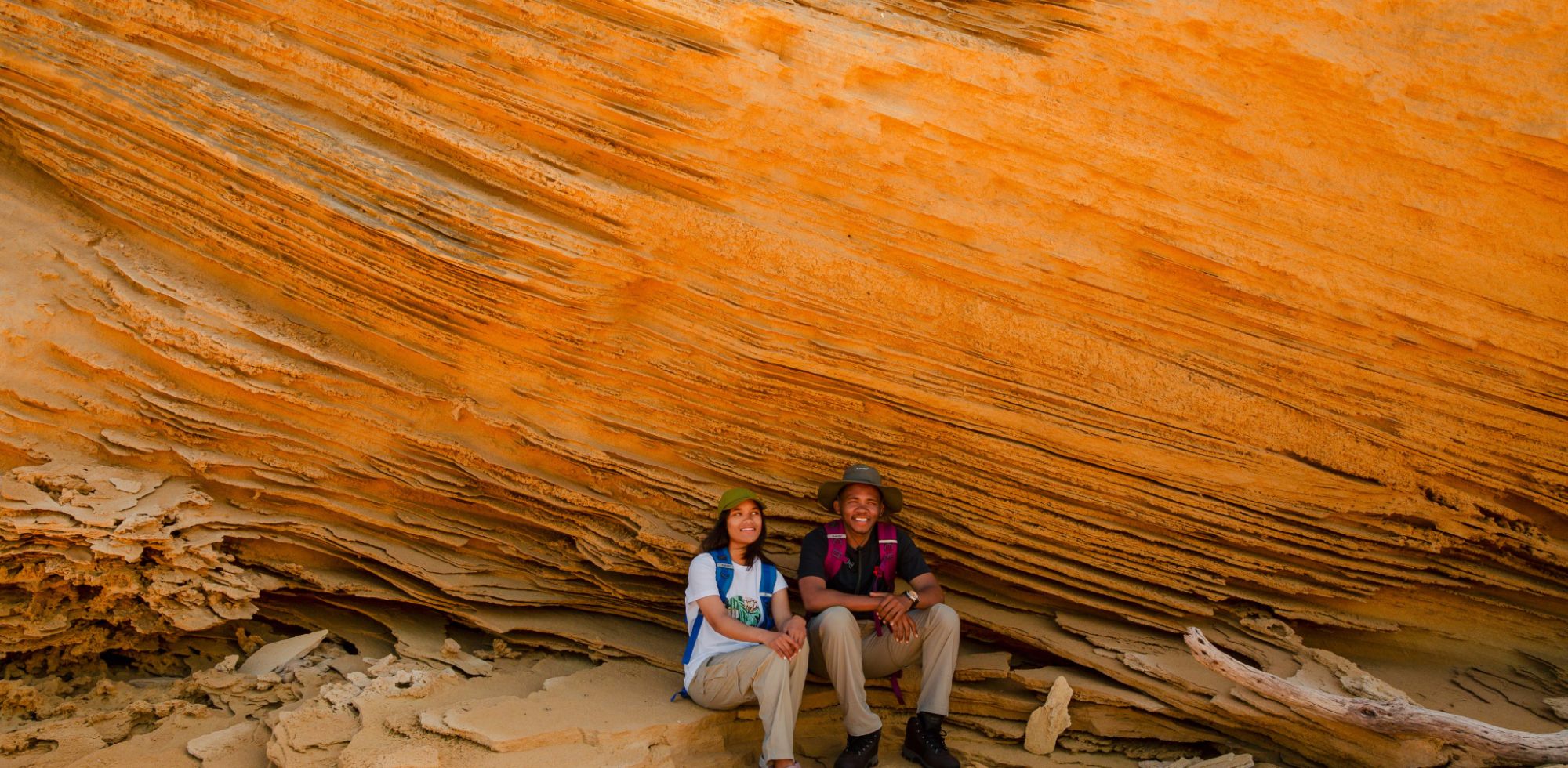Geelkrans Nature Reserve Conservation
Established in 1977, this 440-hectare sanctuary is a natural wonderland, bordering the core conservation area of the Stilbaai Marine Protected Area along its coastal boundary.
Climate
A typical Mediterranean climate prevails in the region - summers are warm and winters mild. Annual rainfall is about 430 mm and August is usually the wettest month. Sea mists also occur. The most frequent summer winds are south easterly, while westerly and south-westerly winds prevail in winter.
Flora
Geelkrans Nature Reserve forms part of the world’s smallest and most threatened plant kingdom - the Cape Floral Kingdom. Fynbos is the dominant vegetation within this kingdom - largely confined to nutrient-poor soils in the winter rainfall areas of the Western Cape. Fynbos is adapted to fire and drought and characterised by four growth forms:
• proteas - tall shrubs with large leaves
• ericas - heath-like shrubs
• restios - wiry, reed-like plants which are always present in fynbos
• geophytes - bulbs that store moisture in fleshy underground organs
Geelkrans is important for the conservation of coastal fynbos as it contains Blombos Strandveld, Dune thicket and Littoral vegetation. The Greater Stilbaai Area, of which Geelkrans is a part of, has an estimated 1 200 plant species of the approximately 9 000 species found in the Cape Floristic Region. A total of 194 plant species of interest to conservation occur on Geelkrans Nature Reserve.
Fauna
Geelkrans supports several species of small mammals such as grysbok, steenbok and grey duiker. The only notable predator is the caracal which is seldom seen. Reptiles and amphibians are well represented, and visitors should be on the alert for puff adders - particularly in spring.
The marine environment is likewise home to a variety of life forms. Marine mammals such as dolphins and seals occur in the waters off the coast, and southern right whales calve and mate in the sheltered bay of Stilbaai each year between June and November. At least 234 of fish and 14 shark and ray species occur in the Marine Protected Area.
Geelkrans has a variety of resident and migratory bird species, and more than 144 species may be viewed throughout the year on the reserve. The yellow cliffs on the reserve attract breeding birds such as rock kestrel, cape cormorant and kelp gull.
The entire length of the Geelkrans coastal area falls within the core conservation zone (Restricted) of the Stilbaai Marine Protected Area and fishing or bait collecting is not permitted. Visitors should take care not to disturb or remove marine organisms.





